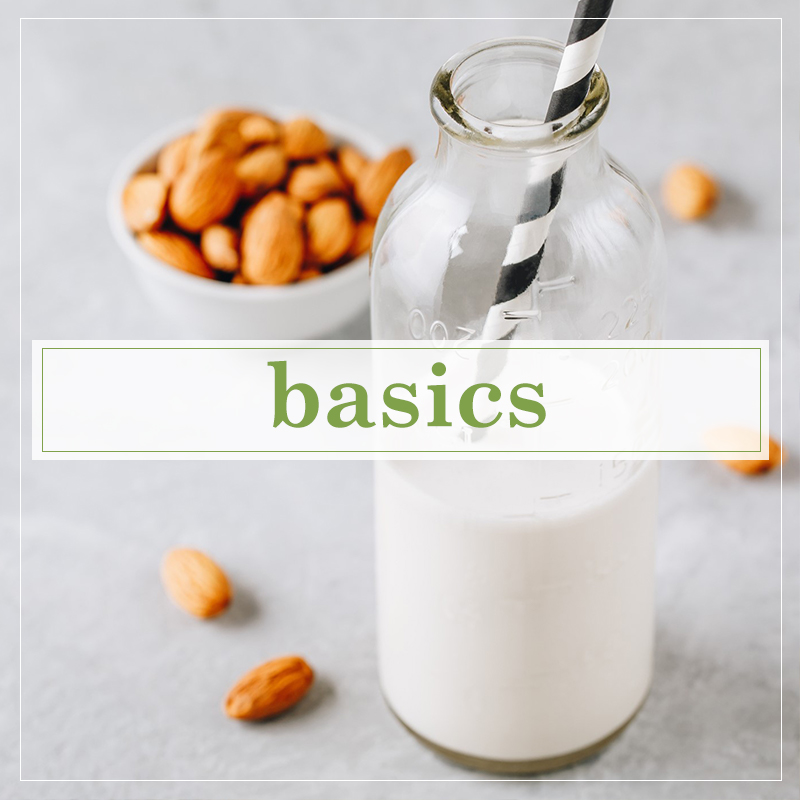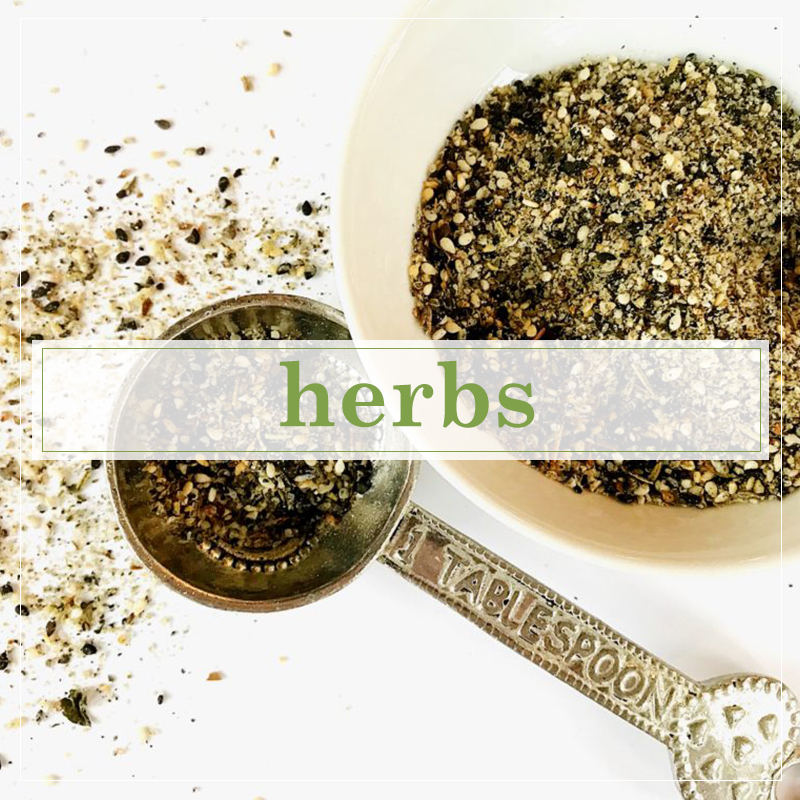
Welcome to Nourished Blessings! I created this space to share our journey of restoring health with natural remedies and following a low glutamate/reduced excitatory inflammatory diet (REID). I am not an expert, professional chef, or homeopath, but just a mom working as hard as possible to give my family the gift of health and the opportunity to be the best we can be. I claim to have only some of the answers. Instead, I want to create a central location for some of the information we’ve learned and help others with similar struggles.
I want to acknowledge those working to bring awareness to the dangers of glutamate and credit Dr. Katherine Reid, Ph.D. Biochemist., Truth In Labeling and Dr. Russell Blaylock, M.D., for sharing their abundant knowledge on the role of excess glutamate in various health issues
Underlying immune dysfunction, microbial imbalances, and inflammation were significant factors contributing to our excess levels of glutamate. In discovering this, we used herbals and homeopathy to help combat this imbalance. With time, homeopathy has become an essential and central factor in our overall health and growth.
I hope this space provides more input on realistically implementing these lifestyle changes and shares more of our personal journey, discoveries, and healing options. You can read more about our story here. Thank you for visiting.
Let me help you break it all down.
Whether you are here for your special needs child, have personal health struggles, or are just trying to learn how better your health, I know first-hand how overwhelming some of this information can be. Not only do you feel like you need several new degrees, a chef, and a body clone, but you’re often doing it alone.
I’ve created a private membership space where candid struggles are shared alongside realistic tips and tricks on understanding and implementing it all. So, let’s bring it back to basics, break down the overwhelm and get real without social media censorship.











